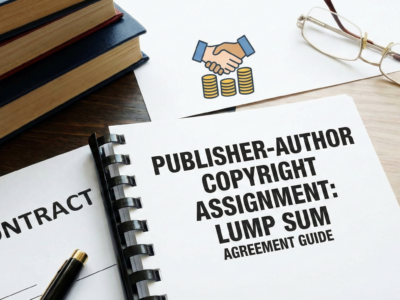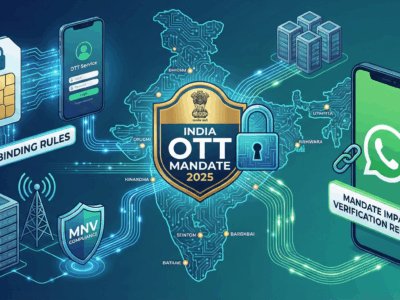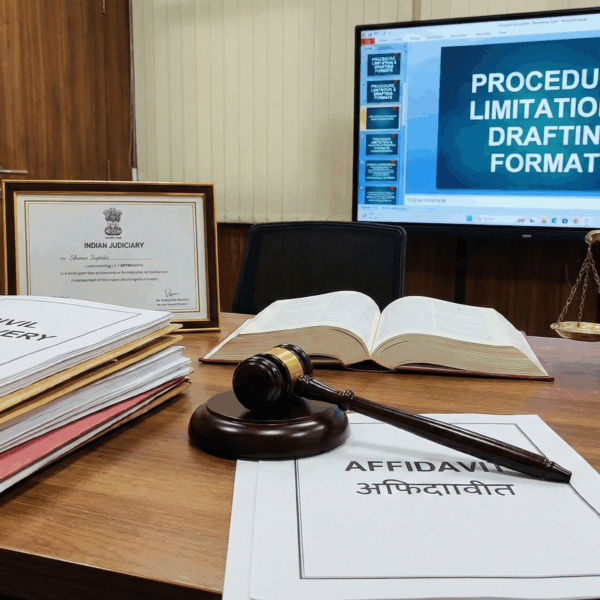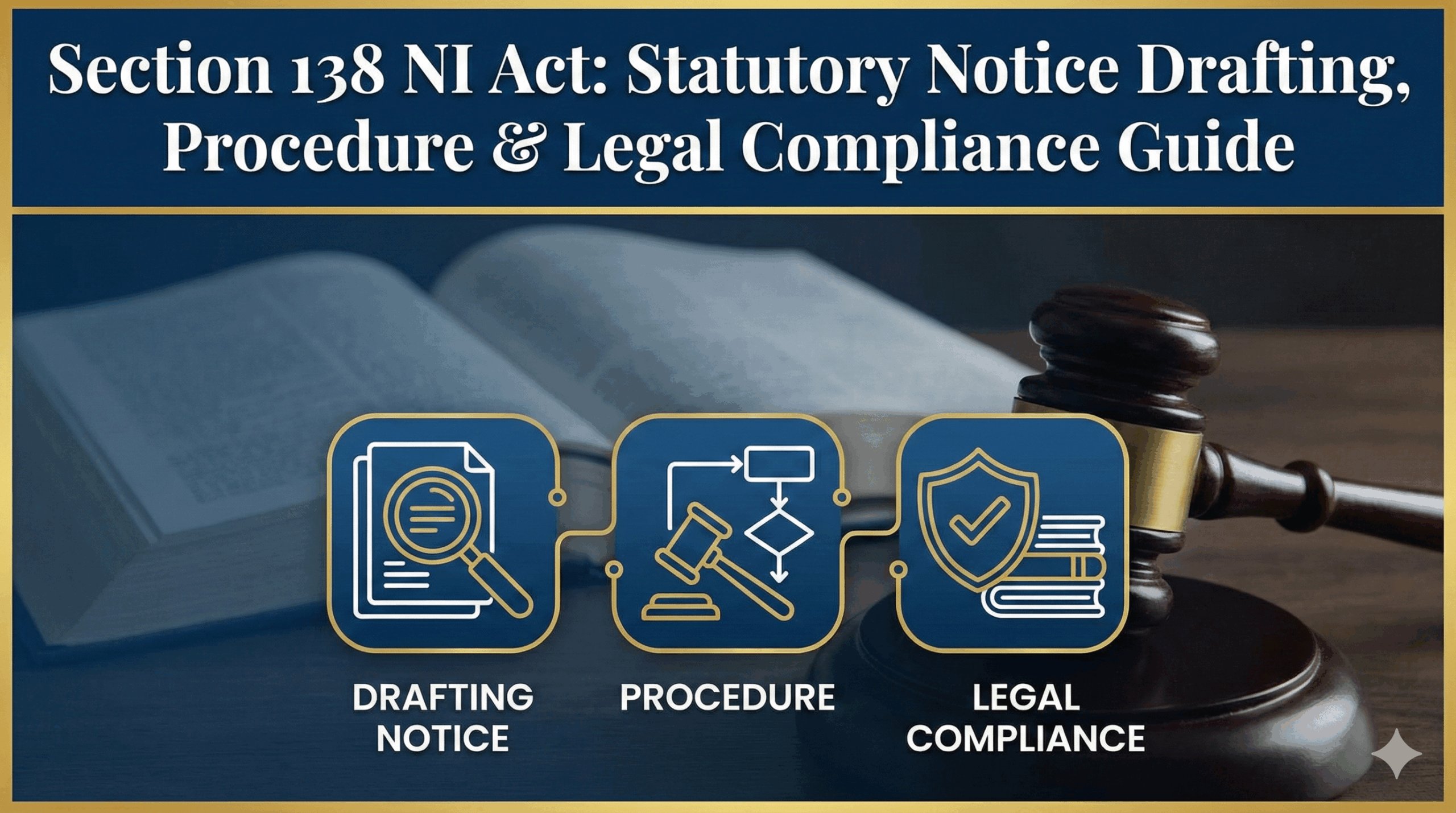When the Mediation Act, 2023 took effect, it promised to unclog courts and promote amicable settlements—but it also sparked widespread confusion: Must every civil or commercial dispute now start at a mediation table? The truth is more subtle. The statute creates a dual-track regime: certain categories (e.g., contract claims ≤ ₹1 crore or disputes flagged by the court) trigger mandatory pre-litigation mediation, while others remain squarely voluntary or are expressly exempt. This guide from eVaakil.com unpacks the fine print—definitions, thresholds, timeline rules, and opt-out clauses—then gives you interactive checklists and template notices so you can decide, in minutes, whether to file a plaint, draft a mediation request, or do both.
The Mediation Act, 2023
Voluntary or Mandatory? A definitive, interactive guide to navigating the new landscape of pre-litigation mediation in India.
Dispute Path Finder
Is your dispute subject to voluntary or mandatory mediation? Answer the questions below to find your path.
The Dual-Track Legal Framework
The Mediation Act, 2023, doesn't create a single rule. It establishes a bifurcated system that balances party autonomy with the need to expedite specific types of disputes. Understanding this dual-track approach is key.
The General Rule: Voluntary
For most civil and commercial disputes, the Act promotes mediation as a choice, not a command. Section 5(1) states parties "may voluntarily and with mutual consent" opt for mediation. This was a deliberate legislative shift from an earlier proposal for a universal mandate, emphasizing that genuine resolution comes from willingness, not compulsion.
The Exception: Mandatory
The Act preserves the mandatory pre-litigation mediation for commercial disputes of a "Specified Value" under Section 12A of the Commercial Courts Act, 2015. The Supreme Court has affirmed this is a strict requirement for the plaintiff before filing a suit.
The "Exhaustion of Remedy" Conundrum
While the rule for high-value commercial disputes is "mandatory," it's practically a one-sided burden. The plaintiff *must* initiate mediation. However, if the defendant refuses to participate, a "non-starter" report is issued. Courts accept this as the plaintiff having "exhausted the remedy," allowing the suit to proceed. This makes the mandate a procedural hurdle for the plaintiff rather than a true compulsion for both parties to negotiate.
The Mediation Process: A Step-by-Step Timeline
Understand the journey of a dispute through mediation, from the initial application to a legally binding settlement.
Step 1: Initiation
A party files an application with a Mediation Service Provider.
Step 2: Consent
Other party gives consent within 7 days, or a "non-starter" is declared.
Step 3: Mediator Appointment
Parties agree on a mediator or one is appointed for them.
Step 4: Sessions
Mediator facilitates joint and private sessions to find solutions.
Step 5: Agreement
A Mediated Settlement Agreement (MSA) is drafted or failure is reported.
Step 6: Enforcement
The signed MSA is legally binding and enforceable as a court decree.
Strategic Advantages of Mediation
Beyond avoiding the courtroom, mediation offers powerful benefits that make it a superior choice for resolving many types of disputes.
Cost-Effective
Significantly lower costs compared to prolonged litigation.
Time-Efficient
Resolution within 120-180 days, a fraction of court time.
Confidential
Protects sensitive information from public record.
Creative Solutions
Allows for practical solutions a court cannot order.
Preserves Relationships
Collaborative nature helps preserve business or family ties.
High Success Rate
High rate of leading to mutually agreeable settlements.
A Practical Guide for Litigants
Before approaching the court, follow this three-step framework to determine your correct pre-litigation path and legal obligations.
Check for Absolute Exclusion
First, see if your dispute is on the "non-mediatable" list in the First Schedule (e.g., criminal cases, tax). If yes, you must go directly to court.
Check for Mandatory Mediation
If not excluded, check if it's a "Commercial Dispute" valued at ₹3 Lakh or more. If yes, pre-litigation mediation is **mandatory**.
Default to Voluntary
If your dispute is neither excluded nor mandatorily commercial, it falls under the general rule. Mediation is **voluntary** and requires mutual consent.
Mediation vs. Litigation: A Visual Comparison
This chart illustrates the dramatic potential savings in both time and cost when choosing mediation over traditional court proceedings for a typical commercial dispute.








